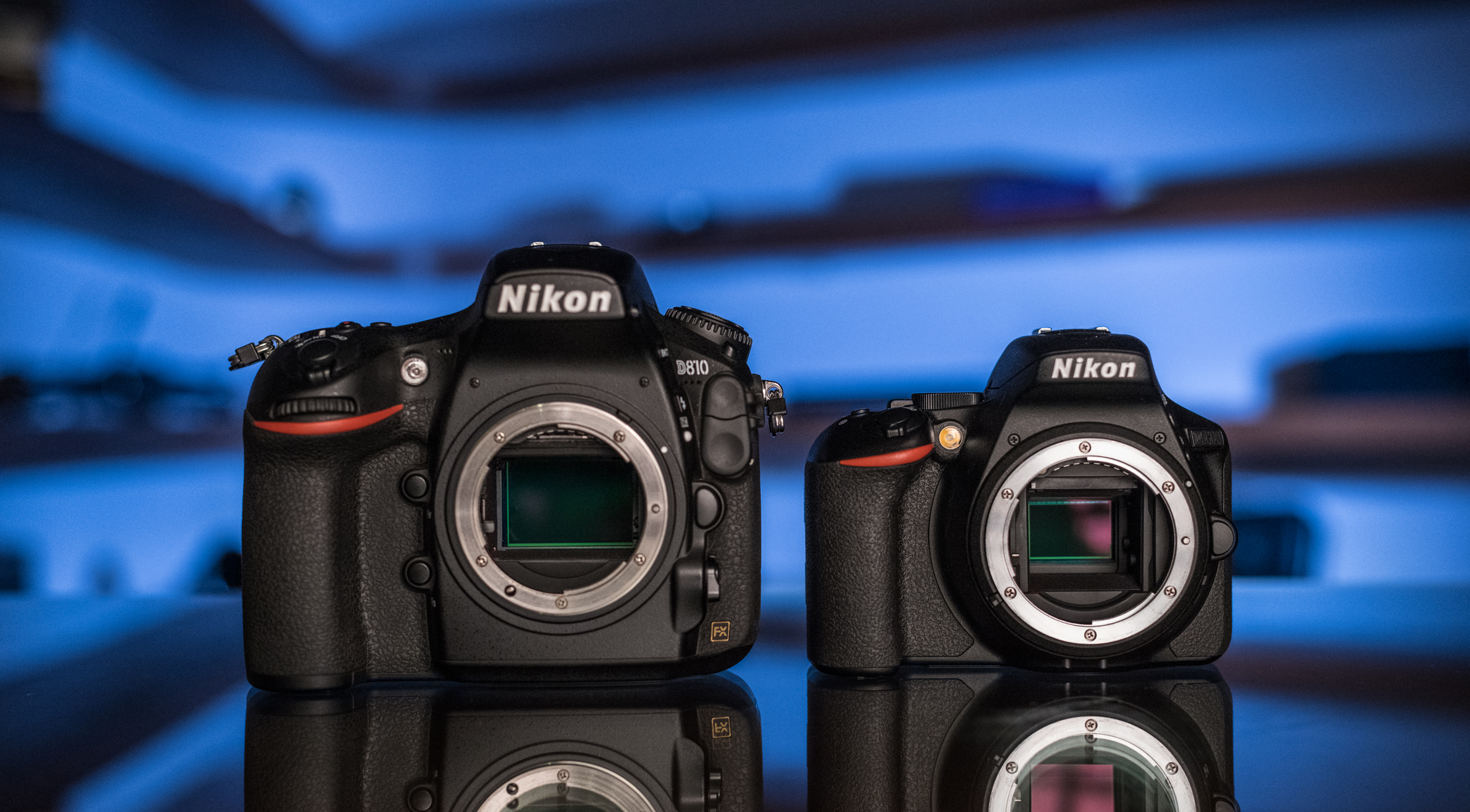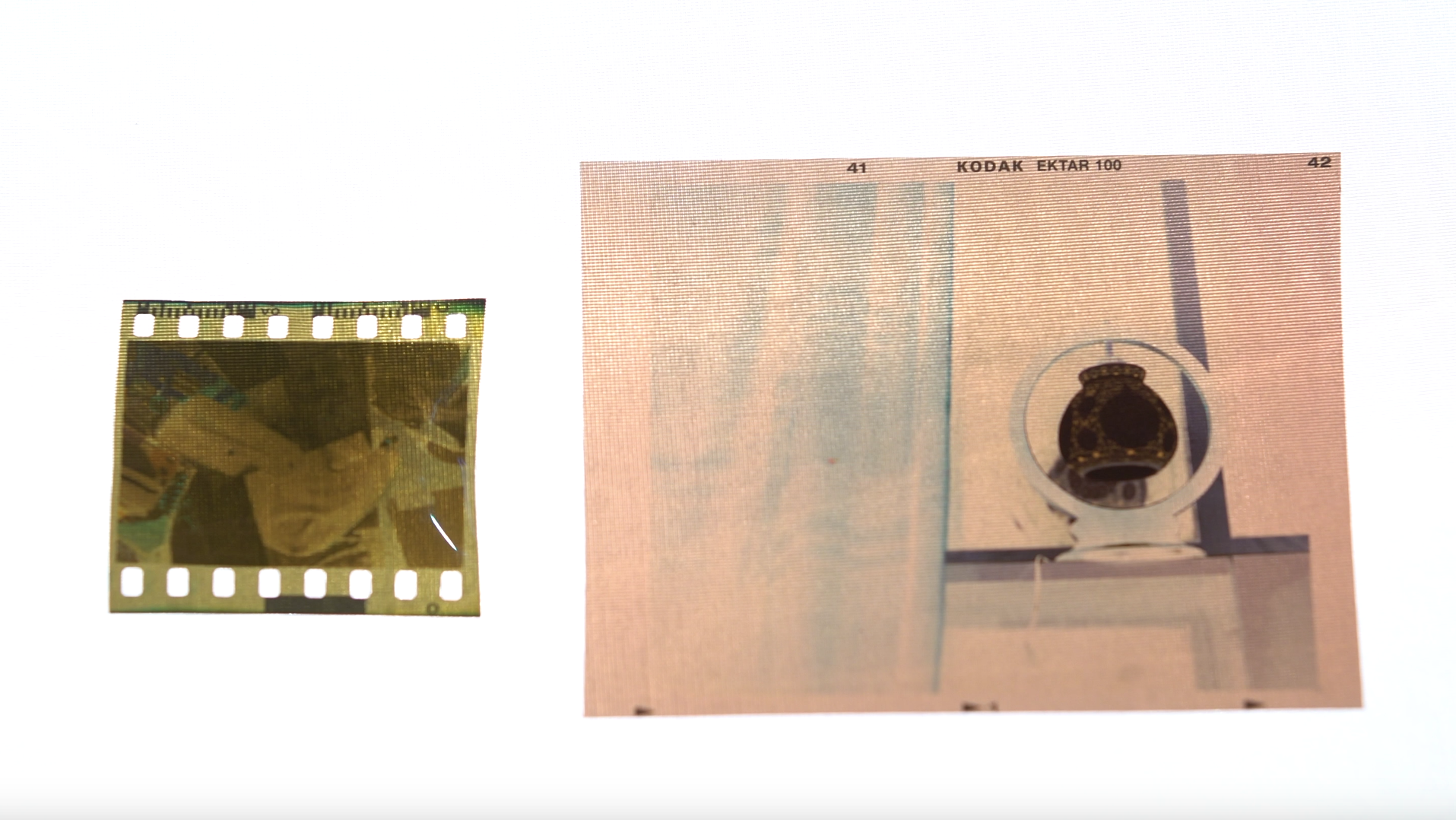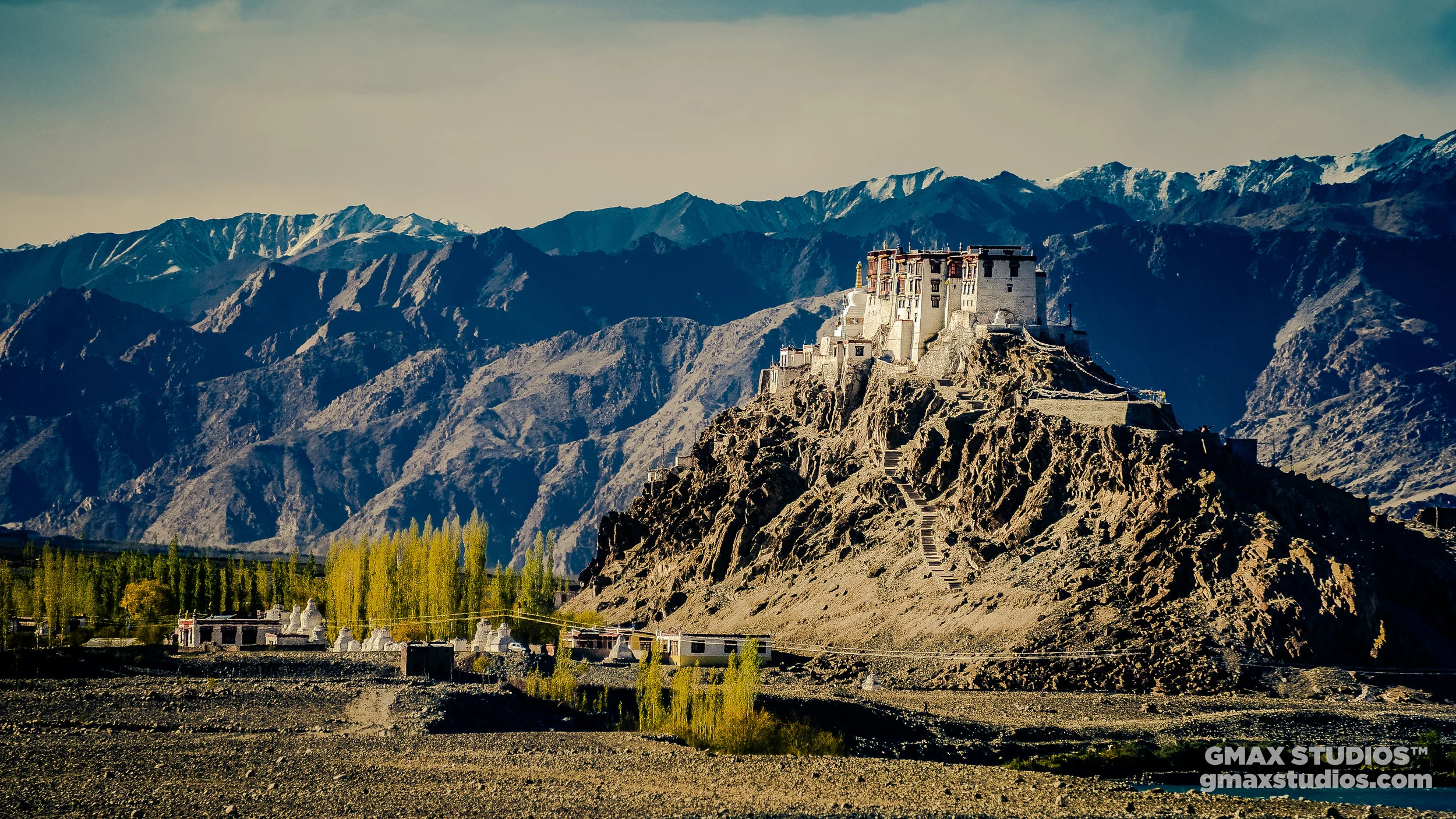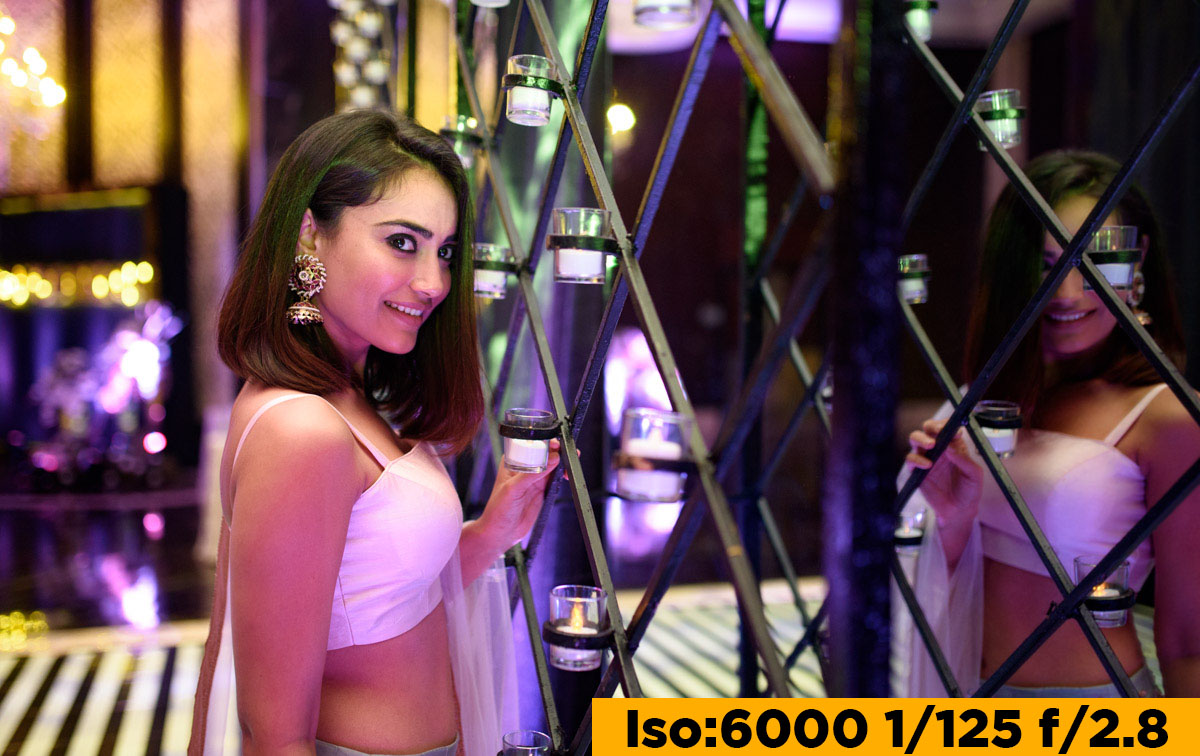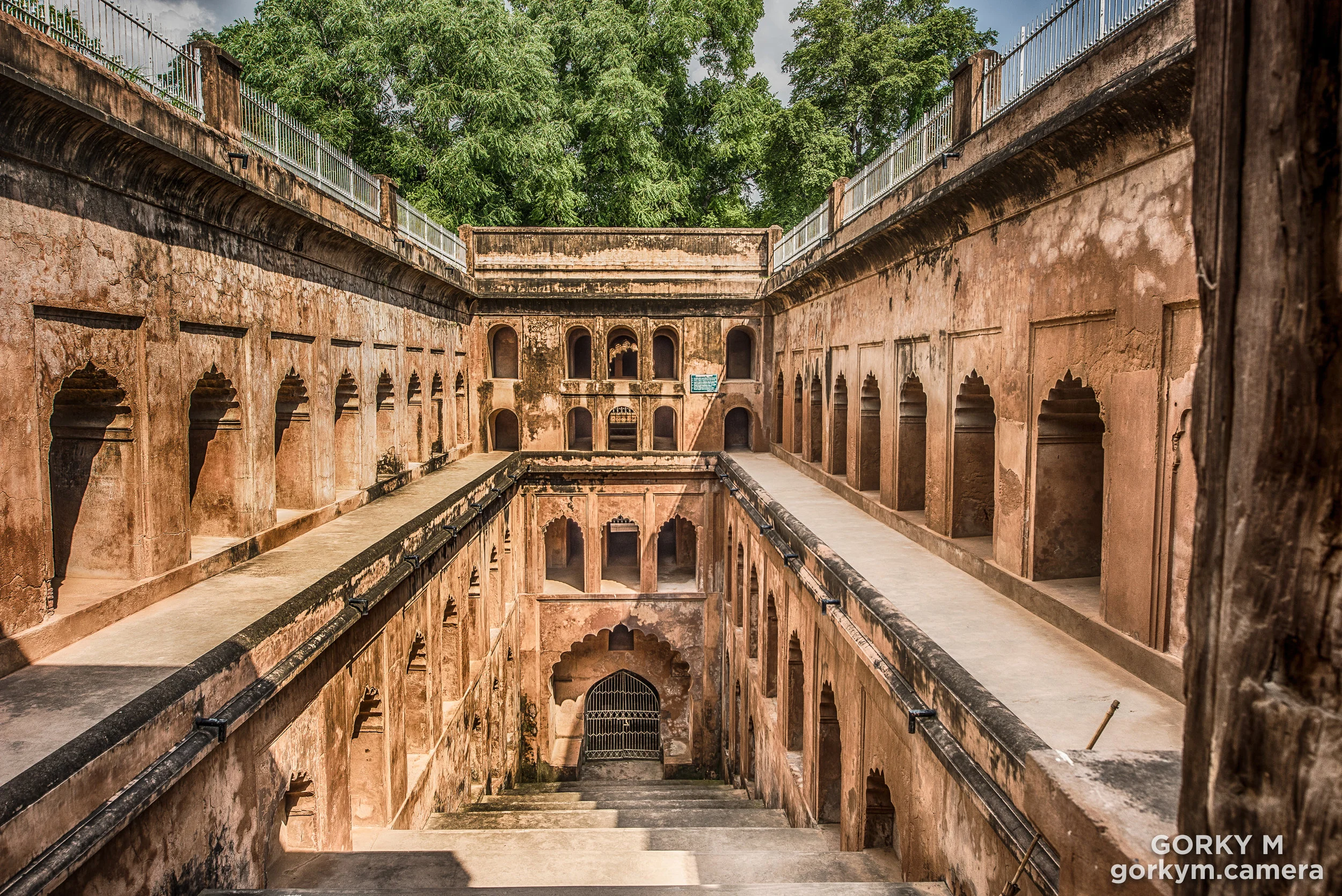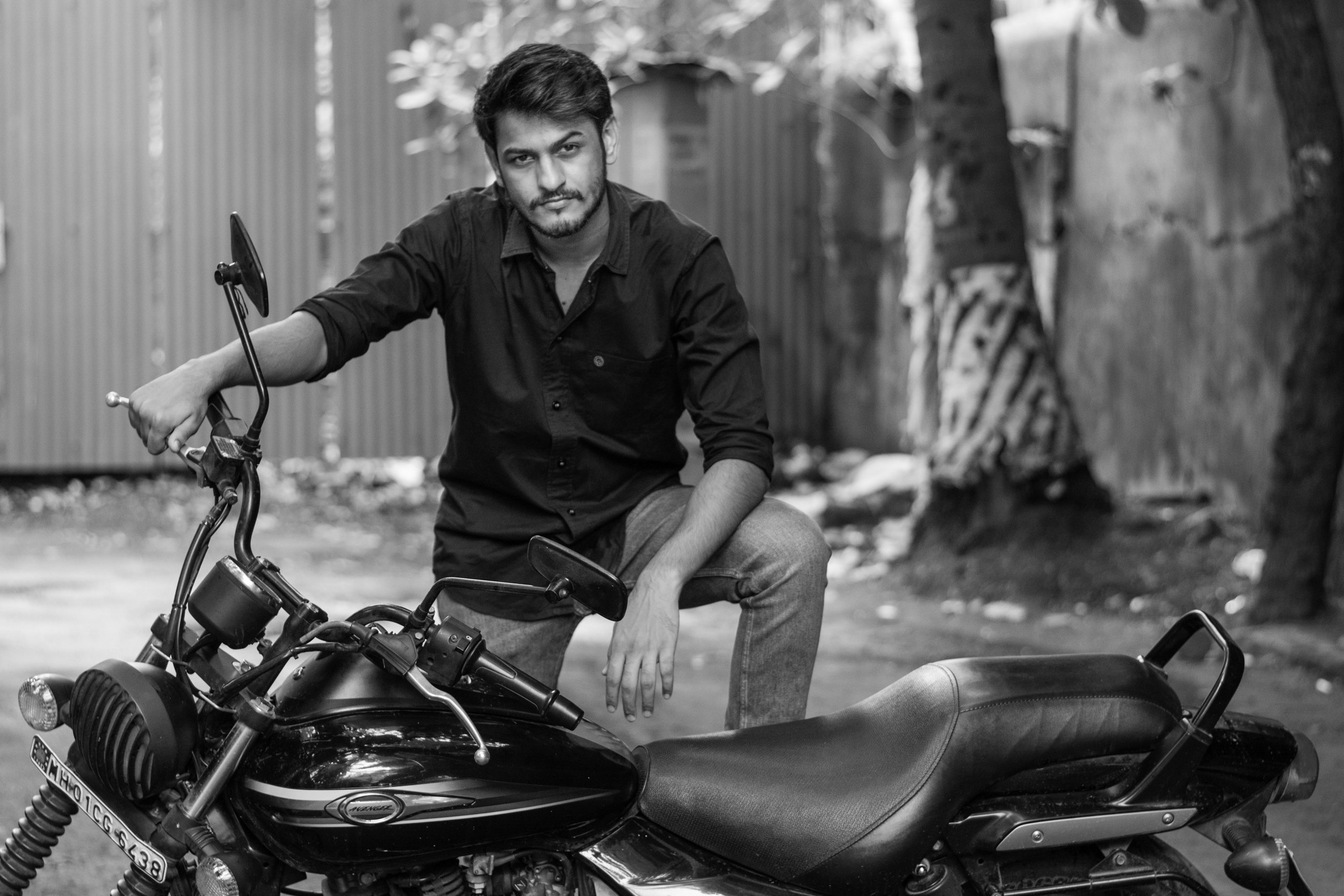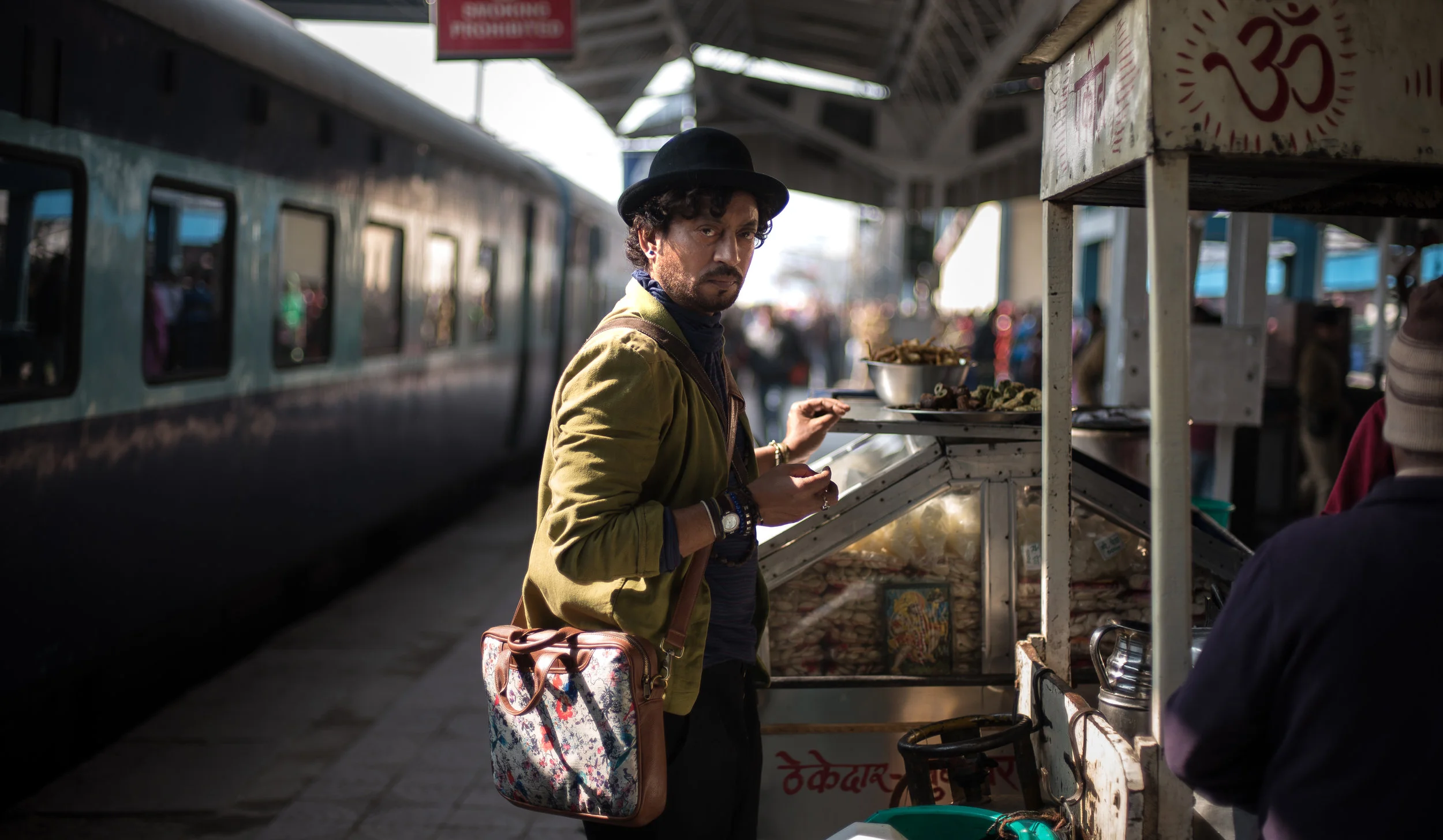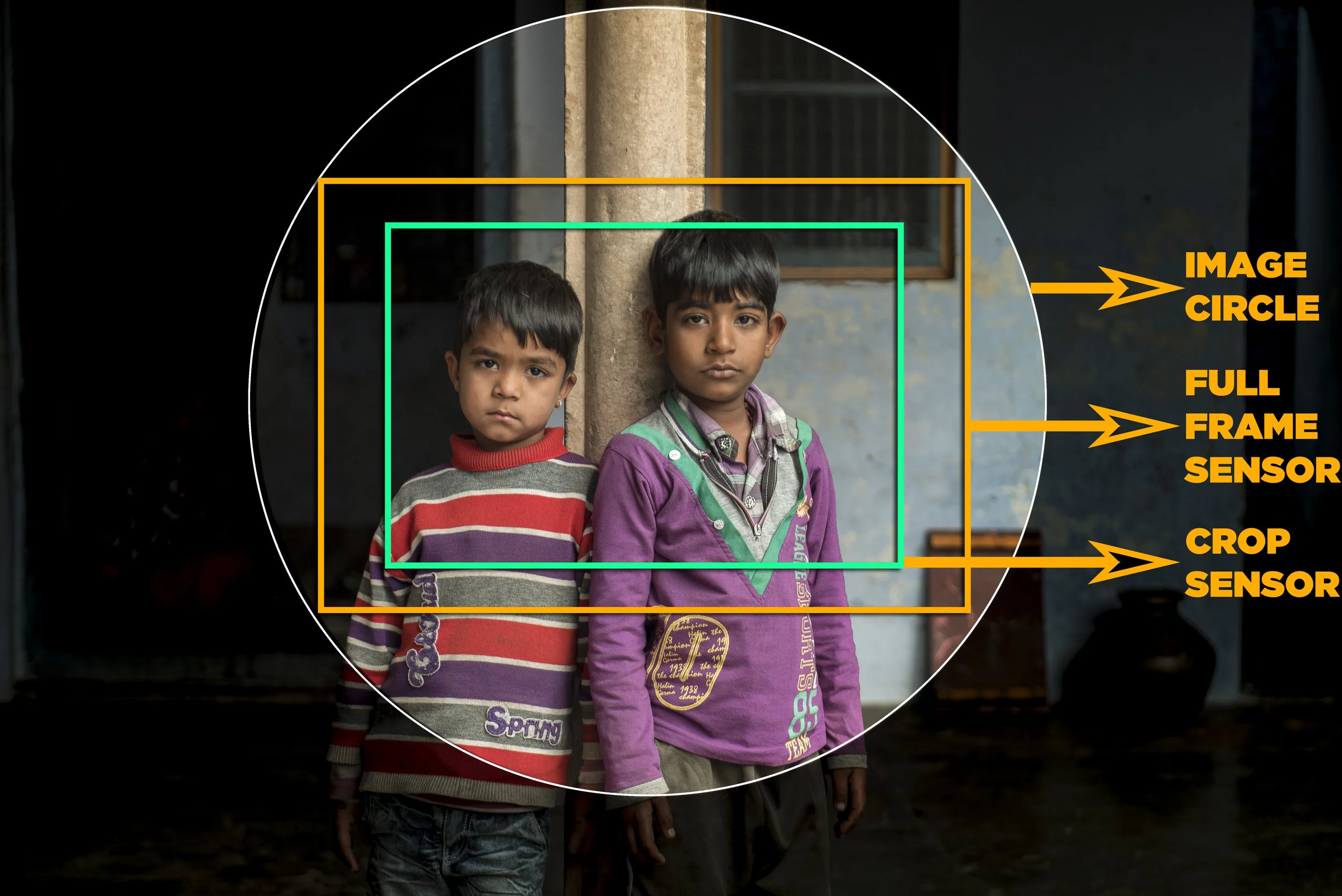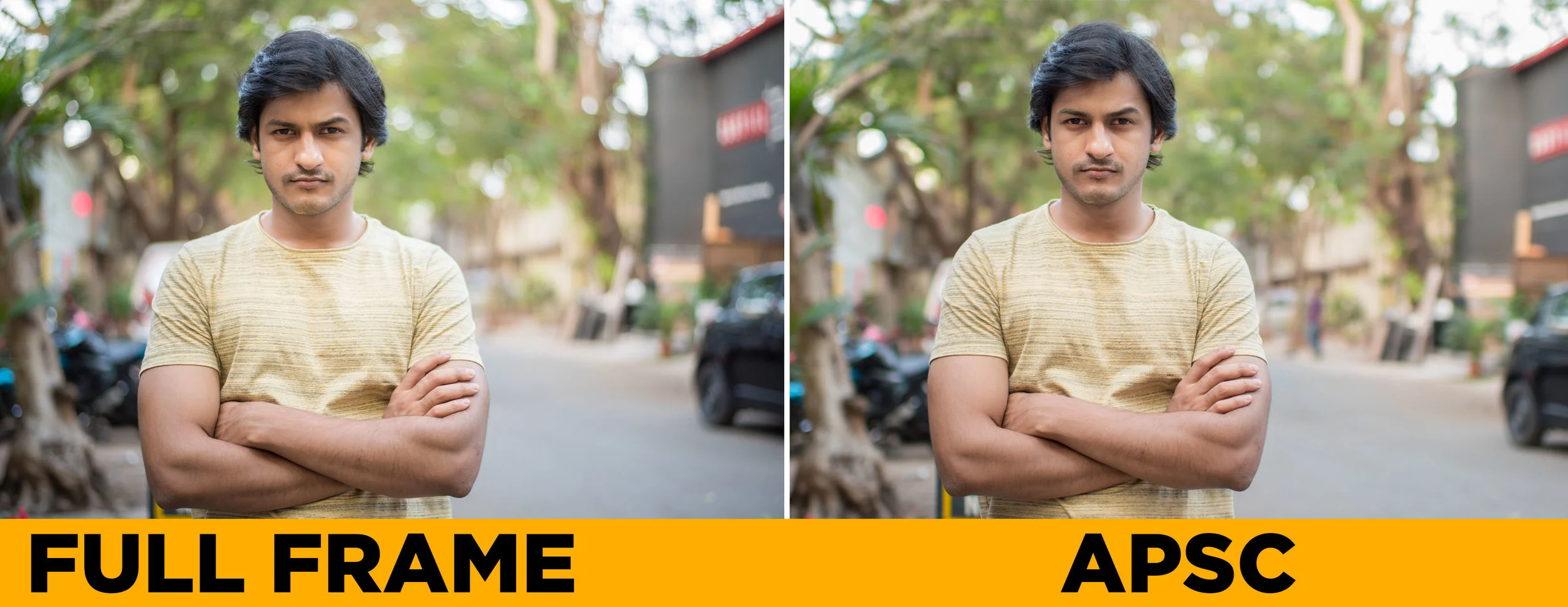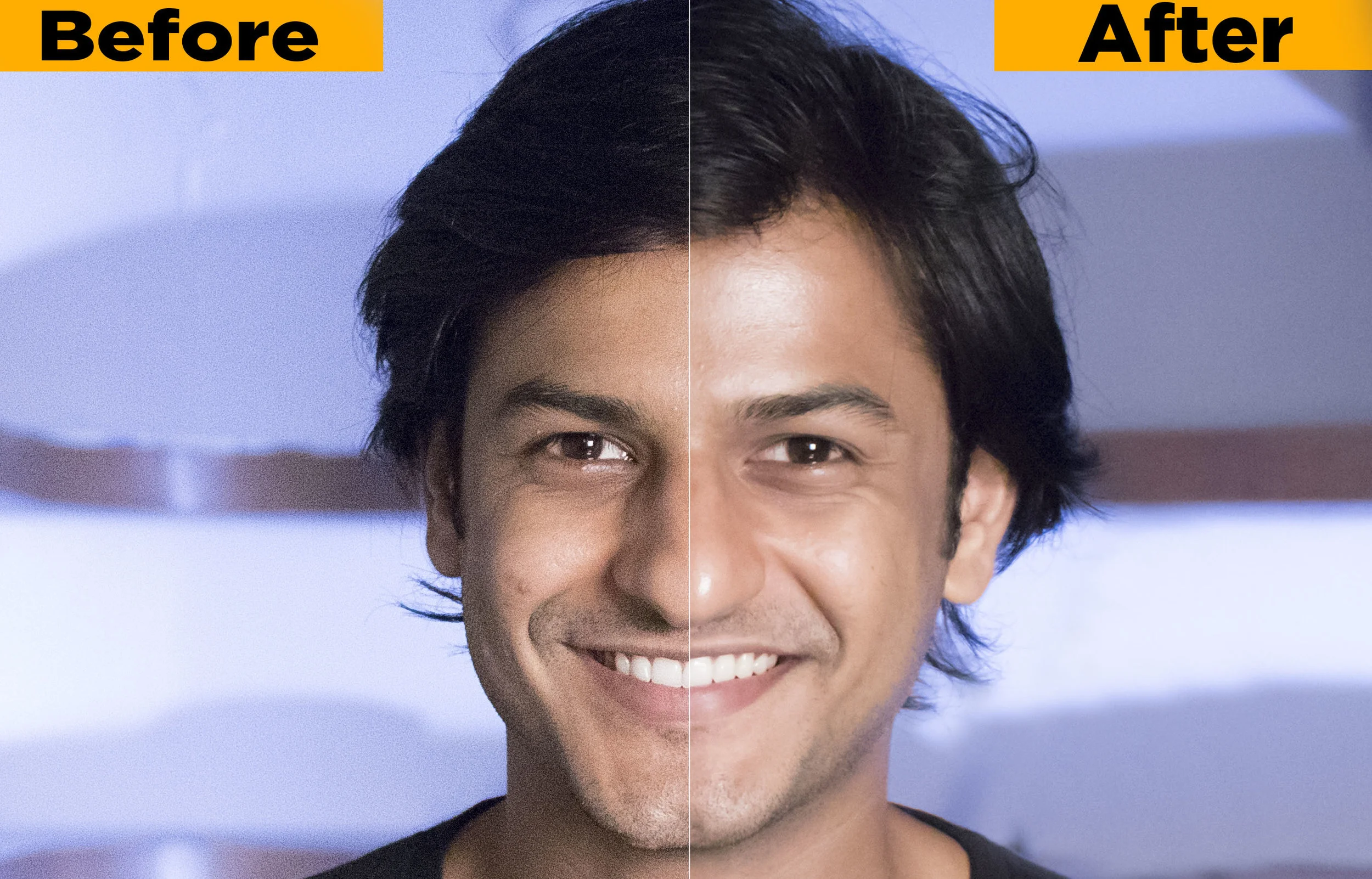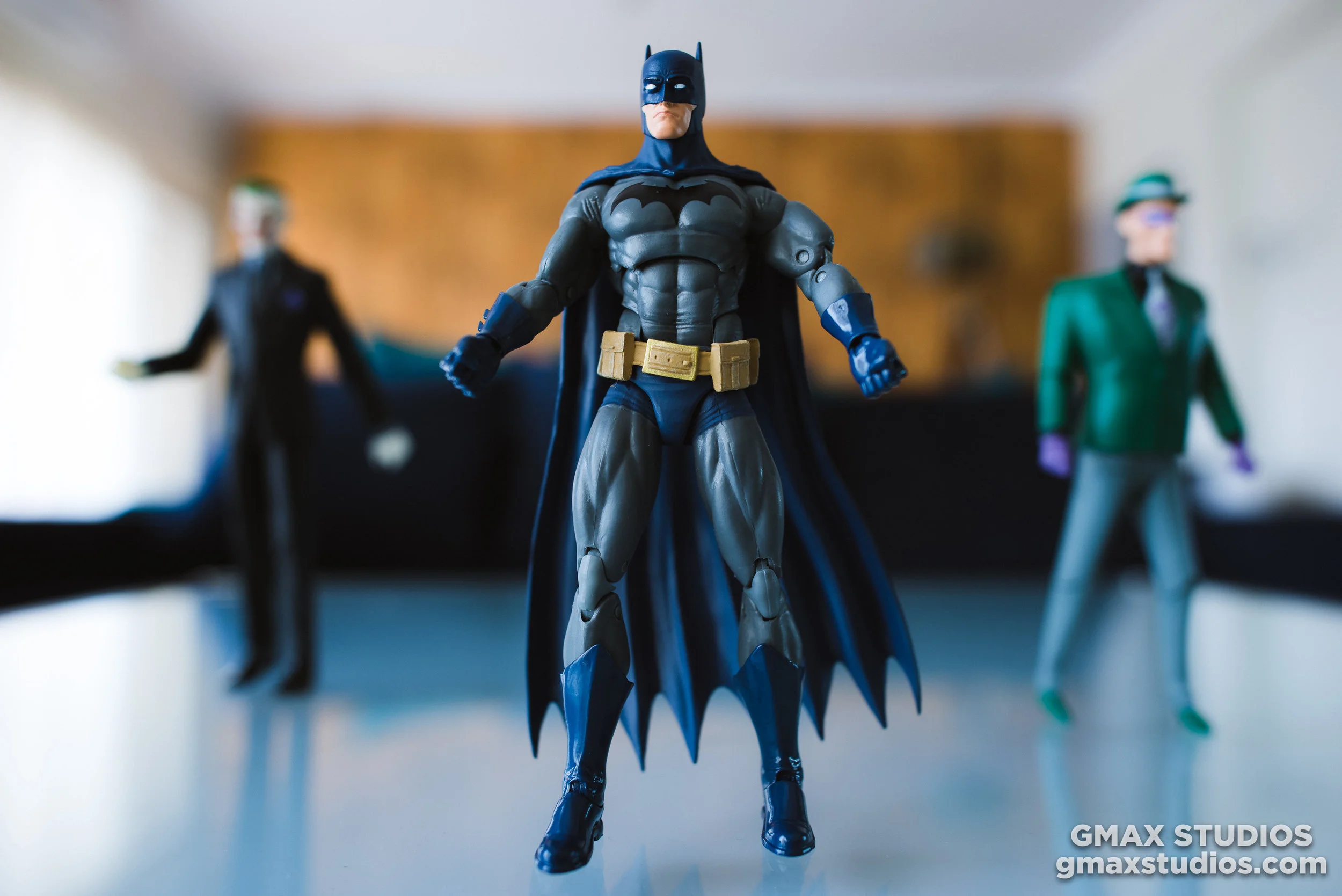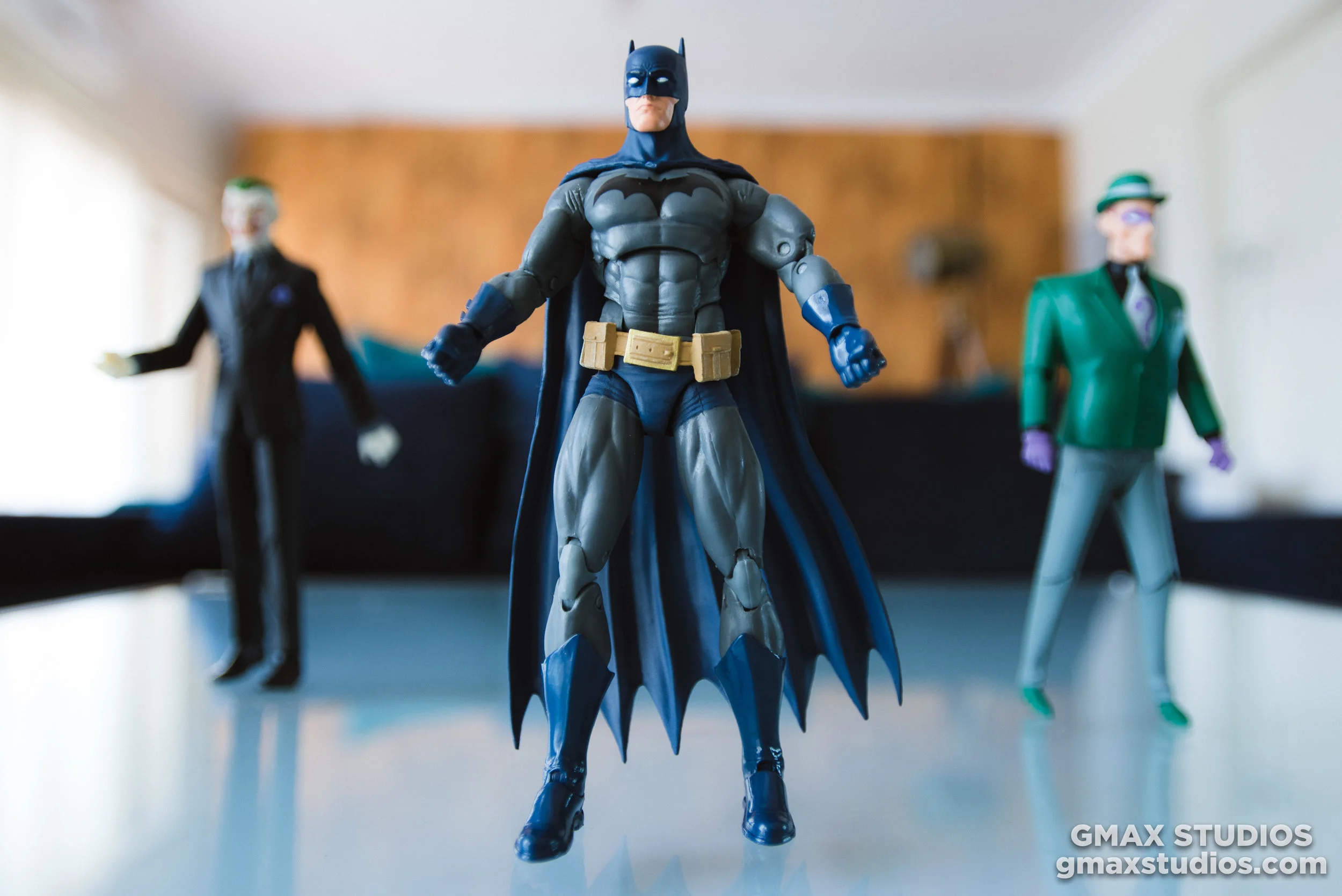Full-Frame Or Crop Sensor Camera, Which One Should You Buy?
There's a lot of debate on the internet, on which sensor size is the best. On one end, you have the purists who swear by the full-frame. On the other, many professionals say that it's just another way to spend money, and you can mimic the image quality of a full-frame with a crop sensor, which the average person can't make out.
We'll save you time and tell you right now that no sensor size is the 'best' and that it depends largely on the usage.
What is a full-frame camera?
A 'full-frame' camera is a camera with a 36x24mm sensor size, just like the photography film cameras that had a 35mm sensor.
Full-frame cameras became popular during the golden era of film cameras, mainly because of their ease of use and portability as compared to medium and large format cameras. People like photographers and photo-journalists who carried equipment around their necks all day, were delighted to have this much lighter format, and embraced it with open arms.
A standard 35mm film negative vs a medium format negative on the right. One can only imagine what it was like for photographers who had to carry such huge devices.
Digital cameras emerged on the scene only around the start of the millennium. The Nikon D1 came out in 1999 and Canon released their first digital camera, the EOS D30 in the year 2000. Due to limitations in technology at the time - their sensors were pretty small, and the lenses that photographers were used to were those of full-frame sensors. The D30 launched at 3.1 megapixels, and Nikon's D1 was at 2.7 megapixels. That was a massive step down from what the photographers were using at the time. It left photographers longing for full-frame cameras that were digital. Canon released the first full-frame digital camera, the 1DS in 2002, and Nikon announced the D3, their first full frame digital camera only in 2007. By that time, Canon had already taken over the market. But that's a story for another article.
Due to its immense popularity, the 35mm camera became the point of reference as far as photography is concerned. But a full-frame camera was extremely expensive, and remains relatively expensive till date, but still is the coveted choice for almost every photographer. Why is that?
Field Of View
One of the big advantages of using a full frame camera, is its large field of view.
A large field of view is necessary for Landscape Photography.
More Light Capacity And Noise Control
A larger sensor means bigger pixels, which means that it can capture more light. For instance, a 12 megapixel full-frame sensor will absorb more light when compared to the 12 MP APS-C sensor, simply because the area on a full-frame sensor is more. A bigger pixel is also capable of handling the incoming light much better, and this allows you to shoot using a higher ISO pretty easily. The end result is less noise and cleaner looking images.
A full frame sensor's image quality and sharpness don't budge when shooting at high ISO.
Dynamic Range
The dynamic range of a camera is the extent to which it can capture shadows and highlights in a scene. Full-frame cameras are endowed with a better dynamic range, and are capable of capturing every little detail - the blackest blacks, the whitest whites and pretty much everything in between. A higher dynamic range translates into more image detail.
Full-frame cameras give you more depth in an image, due to their high dynamic range.
Richer Colors
Bigger pixels in full-frame cameras also capture more colors easily. You can increase vibrancy and get more natural looking colors straight out of your camera.
Focal Length Remains The Same
At 24x15mm, the average aps-c sensor is 1.5 times smaller than a full-frame. Which means that it creates an image using a smaller portion of the lens. Because of this, images taken at a focal length of 50mm will look like they're taken at a focal length of 75mm or 80mm.
This image was taken with a 50mm lens on a full-frame camera.
The same 50mm lens gave us a more zoomed in image on an aps-c sensor.
While the extra zoom provided by the aps-c sensor might be advantageous to some, you might need a wider lens in landscape or architectural photography to cover the area a photograph needs. With a full-frame, you can get more into the picture because the massive 35mm sensor allows it, and so the your focal length remains as advertised.
Shallower Depth Of Field
A shallower depth of field is one of the biggest advantages of a full-frame camera. A blurred background is easier to achieve with a 35mm sensor.
We all love a good bokeh.
Also, the degree to which you can separate your subjects from their background is also pretty high, and you don't need to spend extra money on lenses with wider apertures. If you have money to spare on quality lenses, your subjects will stand out even more.
Full-Frame Cameras Have More Features
Full-frame cameras are made from quality materials, can withstand the weather a little better, and are paired with functionalities like an advanced auto-focus system and precise metering options. Because they're targeted to the enthusiast or high-end user, they also have more in-camera customization options, and unique hardware. For e.g. a second LCD screen on the top right of the camera, electronic viewfinders, easy switching between different modes, etc.
But that doesn’t mean that an aps-c sensor camera won't give you great shots. As they say, "it's not the camera, but the guy who's holding it". Knowing the differences between camera sensors, and how those differences affect your style of photography, can help you make a better decision on what works best for you.
APS-C OR CROP SENSOR
The second most popular sensor is the Advanced Photo System Type C or the APS-C sensor. Most d-slr cameras come equipped with an aps-c Sensor.
At 24x15mm, standard aps-c sensors are 1.5 times smaller than the full 35mm sensor. Which means that the aps-c crops into the image times 1.5. This is known as the crop effect. Which is why aps-c sensors are also called crop sensors.
Every camera company delivers a slightly different field of view from the other. Therefore, they offer a different set of lenses for their aps-c versions and also name their cameras different from one another to avoid confusion.
Crop sensors come with their own set of advantages.
They Are Smaller In Size
Because of a smaller sensor and reduced pro-features (which some might call a luxury), crop sensor cameras can be made smaller. A smaller camera is lighter on your shoulders, neck and back. This really helps photographers who like to travel light or don't want to draw a lot of attention to themselves, in street photography for instance. A smaller camera also means more space in the bag for lenses, accessories or even a snack.
You Can Spend The Extra Money On Lenses
Lenses that give you a comparable field of view are easily available in the market. The entire package is lighter on your shoulders and your wallet.
Great For Wildlife Photography & Journalism
A 1.5 times crop factor also gives you 1.5x zoom. A standard aps-c camera which has a crop factor of 1.5 times will give you a focal length of 450mm at 300mm focal length. The extra focal length is really helpful in wildlife photography, because getting too close to a wild animal is not recommended. Crop sensor cameras also come in handy in live journalism, where the objective is to document the subject and not necessarily the background.
You Don't Always Need Shallow Depth Of Field
It's true that a full-frame can give you a shallower depth and make subjects pop. But often, you need more than one object in focus. So buying a camera for just shallower depth field is not a clever decision. Shallow depth can also be achieved on an crop sensor camera by using a faster lens or lenses with a wider aperture.
Almost No Difference When Shooting Low ISO
Being able to shoot at a higher ISO is definitely a plus, but when you're shooting at lower sensitivities, there's little to no difference in images taken with both sensors. For instance, when you're shooting outdoors during the day, or if you're shooting indoors with professional lighting equipment, a high ISO capability isn't what it's all about.
As you can see, at lower iso, it's hard to tell the difference between the two images.
Noise Is Well Controlled On Newer D-SLRs
A lot of the newer crop sensor D-SLRs have great noise reduction ability. Unless you're somebody who shoots in extremely low-light situations, you should get a decent ISO performance from an aps-c sensor camera. Current post-production software can reduce a lot of the noise as well. Before buying a full-frame camera for it's high ISO performance, ask yourself if you really need it.
A before and after comparison of noise-reduction in Adobe Lightroom.
Little To No Difference In Resolution
Only rarely will you view an image at its 100% resolution. Most photographers today work exclusively on social media. While many new D-SLR's can shoot 4K, a lot of the social media platforms use a resolution of 1920x1080 pixels. Only in commercial photography do you need that kind of detail. And let's not forget that it takes a huge amount of effort to make use of a full-frame camera's image capabilities.
This image was shot on a full-frame camera.
This image was shot using the Nikon 5600 crop sensor camera. To the average person, which is most people - the difference isn't visible.
Cost
Crop-sensor cameras and lenses are cheaper than their full-frame counterparts. More often than not, the cost is the deciding factor in the purchase of a camera. But a difference in price shouldn't translate into a dip in quality. You can still get a lot done with an APS-C sensor camera.
Before buying a camera, you’ll need to figure out how a particular sensor will affect your personal brand of photography. Do you need a very shallow depth-of-field? Have you already invested in lenses that are compatible with a full-frame camera? And a sensor size is just one factor and that other aspects like color science and in-camera processing are just as important before buying a camera.
Still can't decide which sensor size is for you? Below is a video explaining sensor sizes in detail. Don't forget to subscribe to our YouTube channel by clicking here.

